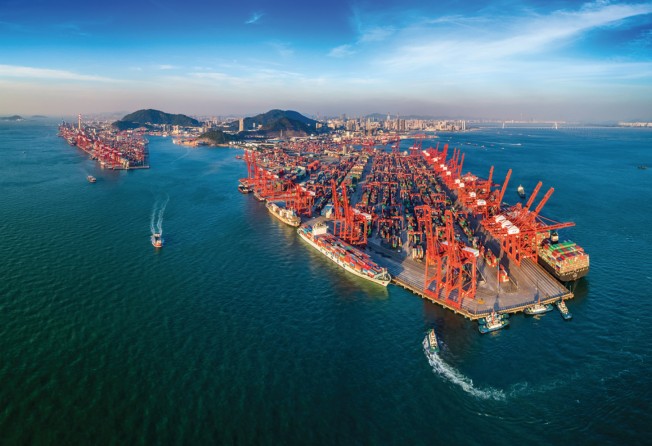
Wonders old and new in China’s Greater Bay Area, a land of opportunity Hong Kong and Macau have been invited to join
- Of all the regions of China that have modernised since its opening to the world in 1978, none has changed faster than the Greater Bay Area.

Ever since Deng Xiaoping opened China to the world in late 1978, areas in and around the Pearl River Delta have seen the fastest growth during the country’s subsequent rise to become the second-largest economy in the world.
Its now nine municipalities, dominated by Guangzhou and Shenzhen, have been linked with Hong Kong and Macau to create a region of 56,000 sq km (21,600 square miles) with a population of 86 million, known as the Greater Bay Area (GBA).
While the GBA accounts for just one per cent of China’s land area, it has five per cent of its population, 12 per cent of its gross domestic product and a stunning 35 per cent of exports.
The GBA has been, and plans to continue to be, the beneficiary not just of the diversity of its own economy but also of massive investment from Hong Kong and preferential policies from Beijing.

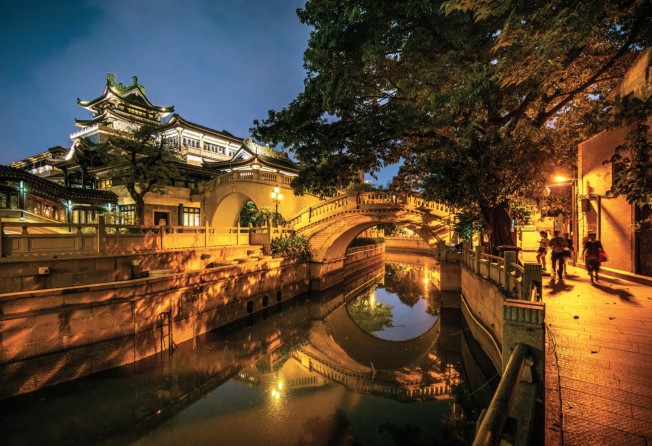
Part of this vision was brought to reality by Xi Zhongxun, Communist Party secretary and Guangdong provincial governor between 1978 and 1981 – and father of China’s current leader.
Easy comparisons often liken the GBA to the San Francisco Bay Area or Tokyo Bay, but more relevant ones would be with entire countries. The region’s GDP today is about US$1.7 trillion, equal to those of South Korea and Canada, and greater than those of Australia and Spain (both US$1.3 trillion). Forecasters say it will be on a par with Germany (US$3.8 trillion) by 2030.
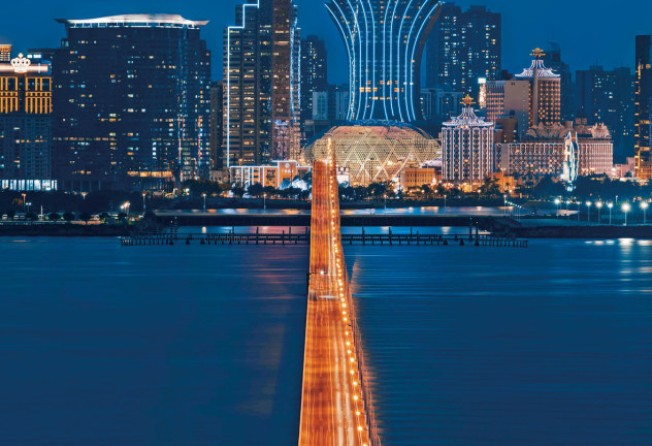

Measures are being taken to grease the wheels of commerce and industry in the region, with favourable policies addressing the free movement of people, property ownership, access to education and health services, as well as taxation and the movement of capital.
GBA sceptics have fretted for Hong Kong’s freedoms under the “one country, two systems” framework since the national security law was introduced.
But economically, the GBA project is far more simple: an invitation for the special administrative regions of Hong Kong and Macau to engage in future economic growth, which, judging by how the GBA looks set to explode, is likely to come more from China’s internal markets than international trade.

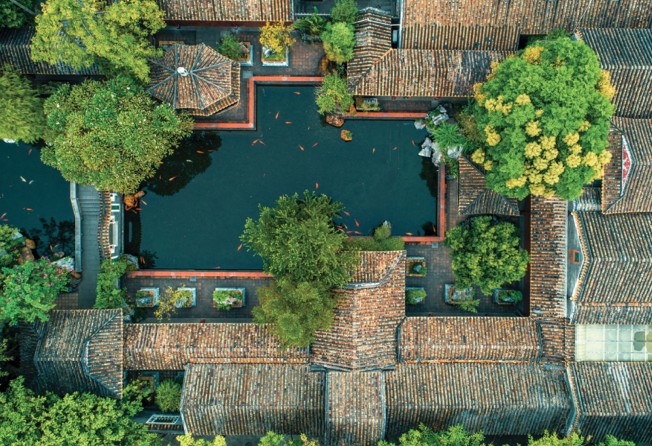
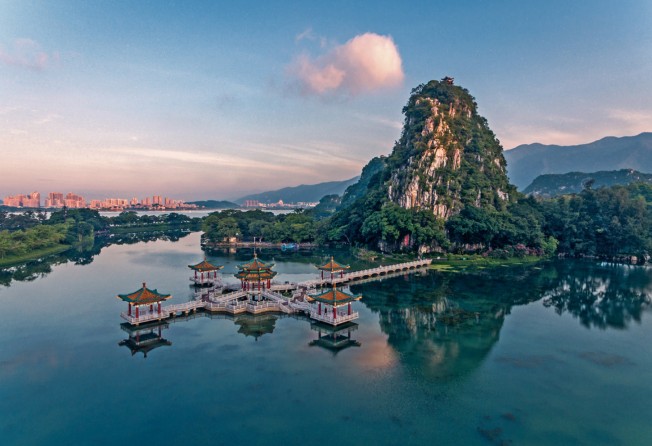
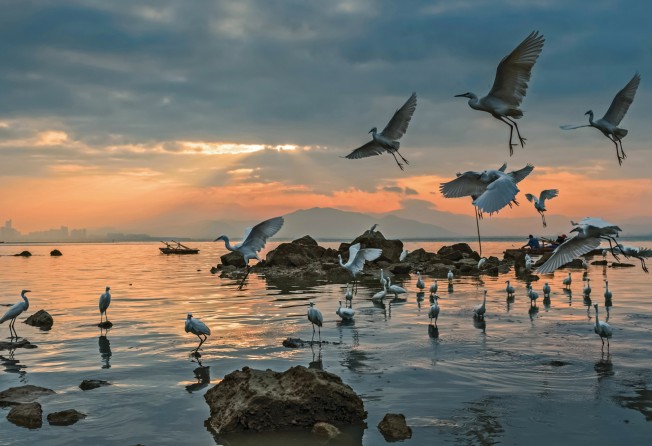

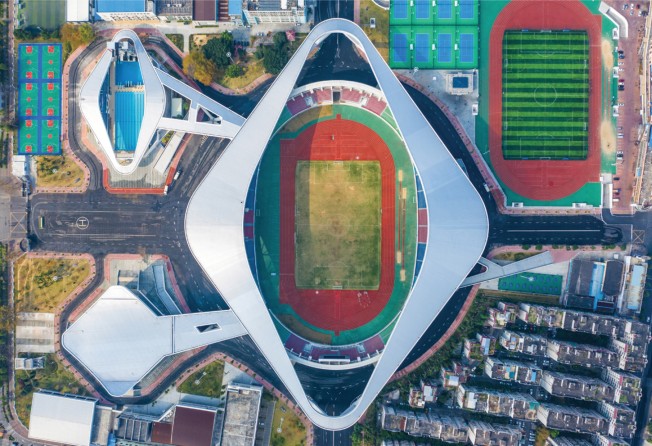
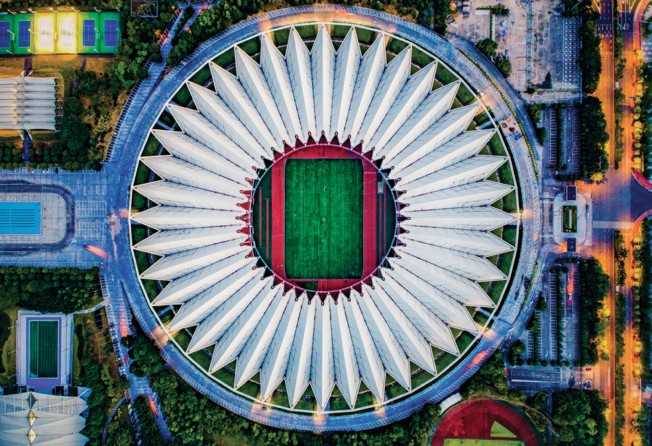
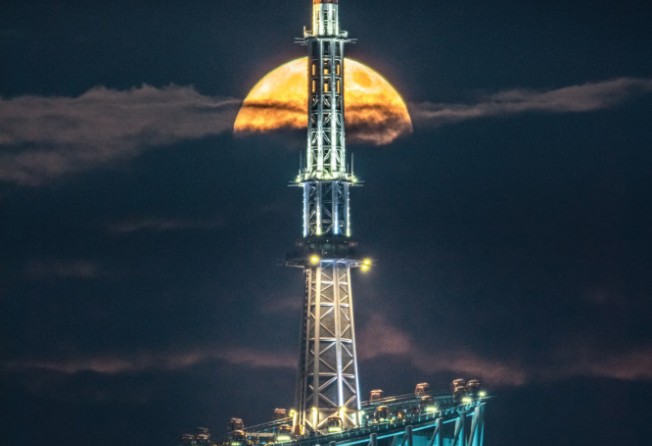
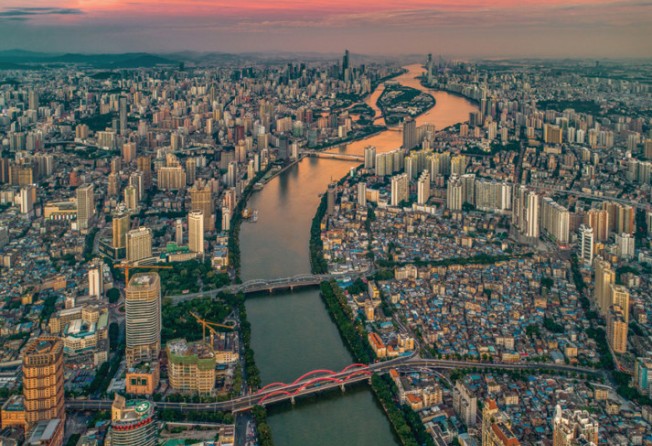
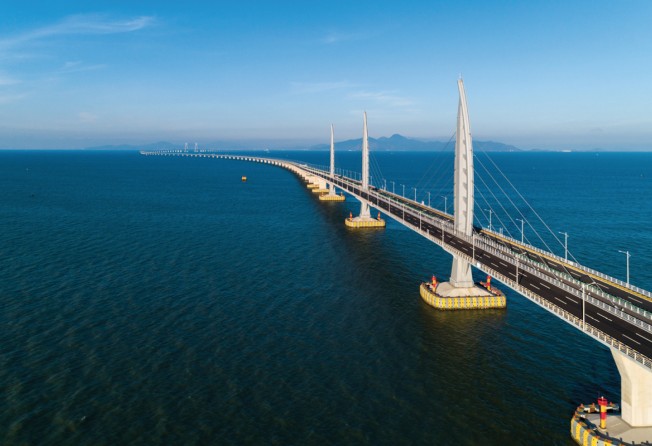
All pictures from China’s Greater Bay Area: The Pearl River Delta Illustrated (Odyssey Airphoto), by David Dodwell with Thomas Bird.